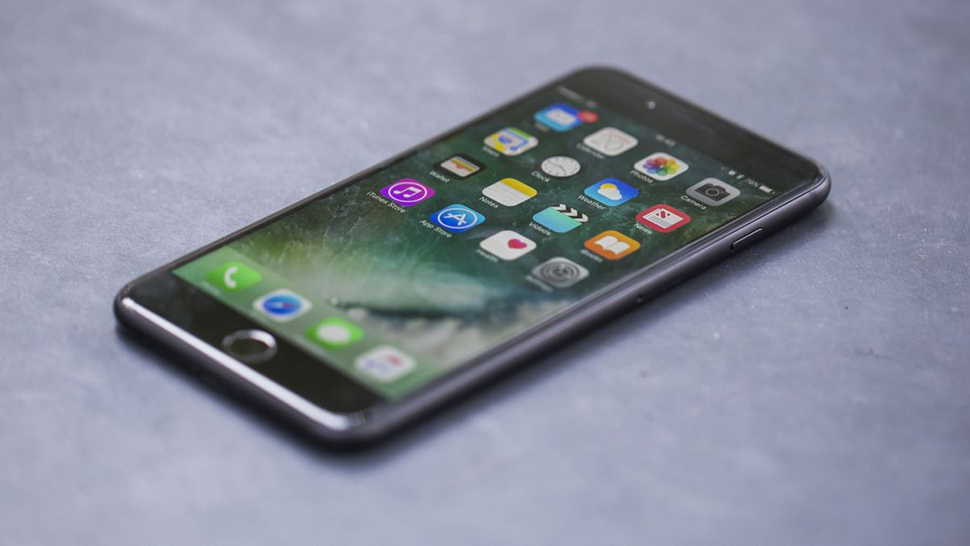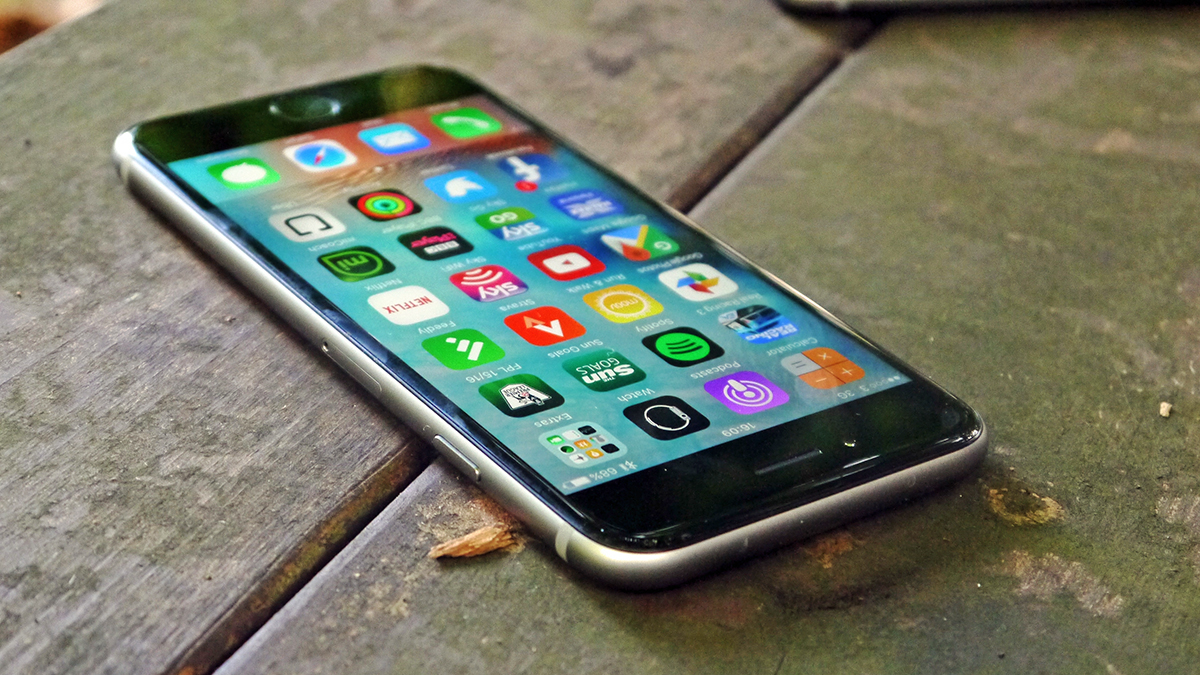How to claim compensation if your iPhone experienced batterygate
Payment for performance loss

Back in late 2017, Apple confirmed that it was intentionally slowing down old iPhones to preserve their aging batteries and prevent these iPhones from unexpectedly shutting down.
The reasoning may have been sound, but the fact that users weren’t given a choice or initially told about it didn’t go down well, and led to the situation being called ‘batterygate’.
Cut to several years later, and as a result of a class action lawsuit, affected users in the US are now eligible to a settlement of roughly $25 from Apple. If you think you might be eligible, read on, as we’ll explain exactly who can claim and how.
Who can claim compensation for batterygate?
In order to apply for compensation, you need to be or have been a US owner of an iPhone 6, iPhone 6 Plus, iPhone 6S, iPhone 6S Plus, and/or iPhone SE (the original model) that ran iOS 10.2.1 or later before December 21, 2017, and/or be or have been a US owner of an iPhone 7 or iPhone 7 Plus that ran iOS 11.2 or later before December 21, 2017.
You must also have experienced “diminished performance” on your device(s), and must make a claim by October 6, 2020.
How do I claim compensation for batterygate?
To claim compensation, simply head to the settlement website, then in the chart on that page select the option to either submit a claim form online, or in the mail.
The online option is likely to be simplest for most people, but either way you’ll have to fill in a short form, which as well as information such as your name and address, will also ask for the serial number of the affected device(s).
Get daily insight, inspiration and deals in your inbox
Sign up for breaking news, reviews, opinion, top tech deals, and more.
As the form explains, this can be found by heading to Settings > General > About. If you don’t have the device anymore, don’t worry, as you should also be able to find the serial number on the barcode on your device’s original packaging, or on the receipt or invoice for it.
Note that if filling in the online form there’s also a search tool you can use to attempt to find the serial number – this doesn’t appear to be offered on the paper form, so that’s something to bear in mind if you can’t find yours and have opted to mail your claim.

How much compensation will I get?
It’s expected that Apple will provide compensation of roughly $25 per affected device. However, Apple will be paying a maximum of $500 million in total, so if the value of approved claims exceeds that total then the amount awarded for each eligible device could drop.
On the other hand, there’s a settlement ‘floor’ of $310 million, and if the value of approved claims doesn’t exceed that then the payment per affected device could be higher, up to a maximum of $500 dollars per device.
When will I get my compensation?
A final hearing will be held on December 4, 2020, to decide whether to approve the settlement. Assuming it’s approved and there are no appeals, settlement should be paid soon after, however there may be appeals, and this process can potentially take over a year, so you might be waiting a long time for your money.
What other options do I have?
If you don’t want to submit a claim, the website linked above also has options to exclude yourself, or object to the settlement, among other things. Full details of all of these can be found in the settlement notice document.
- Upgrading your phone? These are the best iPhones
James is a freelance phones, tablets and wearables writer and sub-editor at TechRadar. He has a love for everything ‘smart’, from watches to lights, and can often be found arguing with AI assistants or drowning in the latest apps. James also contributes to 3G.co.uk, 4G.co.uk and 5G.co.uk and has written for T3, Digital Camera World, Clarity Media and others, with work on the web, in print and on TV.